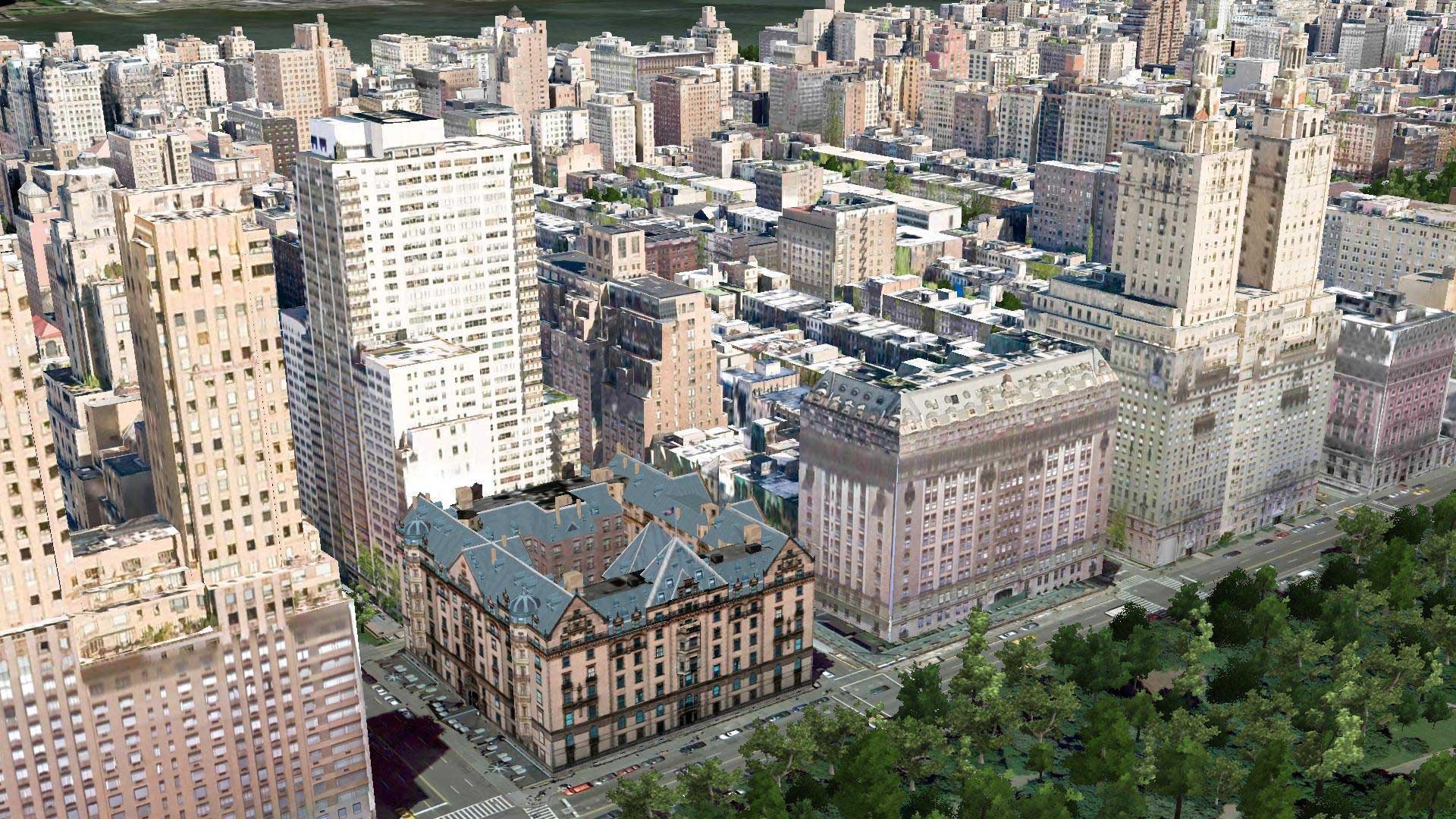Unlock Value: The True Cost of Commercial Building Restoration in NJ

Commercial building restoration is a vital service for maintaining the structural integrity, aesthetic appeal, and functionality of properties across New Jersey. Over time, even the most well-built structures can suffer from wear and tear caused by environmental conditions, aging materials, and evolving design standards. This process involves more than just cosmetic fixes—it’s about preserving a building’s legacy while ensuring it meets modern safety and usage requirements.
In this article, we’ll explore the components, challenges, and true value of commercial building restoration, offering insights into why this investment is essential for property owners in NJ.
Understanding Commercial Building Restoration
At its core, commercial building restoration involves repairing, refurbishing, or updating a building to bring it back to its original condition or adapt it for contemporary use. This can include tasks such as:
-
Fixing structural damages caused by age or environmental factors.
-
Restoring historical architectural elements.
-
Modernizing outdated mechanical, electrical, or plumbing systems.
-
Addressing code compliance issues to meet current safety regulations.
Restoration is distinct from renovation or remodeling. While those processes focus on making aesthetic changes or improving functionality, commercial building restoration emphasizes preserving the building's original character and structural soundness.
The Components of a Successful Commercial Building Restoration Project
-
Comprehensive Assessment
A detailed inspection is the first step in any commercial building restoration project. Experts evaluate the property for visible damage and underlying issues such as water infiltration, foundation cracks, or deteriorating materials. -
Customized Restoration Plan
Every building is unique, and a one-size-fits-all approach doesn’t work. Restoration specialists develop tailored plans to address the specific needs of the property while considering the building’s history and intended future use. -
Skilled Craftsmanship
Commercial building restoration often requires expertise in niche areas such as masonry, carpentry, or metalwork to repair historical elements with precision. -
Modern Techniques and Materials
Integrating advanced technology and durable materials ensures the restoration work lasts for decades while minimizing future maintenance costs.
Challenges in Commercial Building Restoration
-
Balancing Preservation with Modernization
Maintaining the integrity of historical features while upgrading systems to meet modern standards can be a delicate task. For example, restoring a 19th-century facade might require specialized techniques to preserve its authenticity while complying with today’s building codes. -
Environmental and Weather Impact
New Jersey’s climate can take a toll on buildings, especially those exposed to extreme weather conditions. Restoration projects often include measures to protect against future damage from moisture, temperature fluctuations, and storms. -
Logistical Complexities
Restoring a commercial building often involves coordinating multiple teams, adhering to strict timelines, and navigating regulations at local and state levels. -
Unexpected Findings
During the restoration process, previously undetected issues such as asbestos, hidden water damage, or structural weaknesses can arise, adding complexity to the project.
The Value of Investing in Commercial Building Restoration
Investing in commercial building restoration delivers benefits beyond repairing visible damage. Here’s how it creates long-term value:
1. Enhances Property Value
Restored buildings are more appealing to tenants, buyers, and investors. They showcase a commitment to quality and preservation, increasing the property’s marketability.
2. Preserves Historical and Cultural Significance
In a state rich with architectural history like New Jersey, commercial building restoration helps maintain the region’s character while contributing to its heritage.
3. Improves Energy Efficiency
Many restoration projects include upgrades such as modern insulation, energy-efficient windows, and HVAC systems, leading to lower operating costs and environmental impact.
4. Ensures Safety and Compliance
Addressing structural and regulatory issues ensures the building is safe for occupants and meets all current codes, reducing liability risks.
Why Choose Professional Expertise in NJ?
New Jersey is home to diverse architectural styles, from colonial-era buildings to modern skyscrapers. This variety requires a deep understanding of both historical and contemporary construction practices. Hiring experienced professionals ensures:
-
Accurate assessment and restoration planning.
-
Use of appropriate materials and techniques.
-
Compliance with state and local regulations.
Local expertise is particularly important when dealing with NJ-specific factors such as coastal weather conditions and regionally unique building codes.
Conclusion
Commercial building restoration is more than just a repair job—it’s a strategic investment in the future of your property. For owners in New Jersey, the true cost of restoration extends beyond financial expenses to include the preservation of history, enhancement of property value, and creation of safer, more functional spaces.
By partnering with skilled professionals, property owners can unlock the full potential of their buildings while ensuring they stand the test of time. Whether it’s restoring a historic landmark or updating a modern structure, commercial building restoration remains a cornerstone of responsible property management in NJ.
- Questions and Answers
- Opinion
- Motivational and Inspiring Story
- Technology
- Live and Let live
- Focus
- Geopolitics
- Military-Arms/Equipment
- Security
- Economy
- Beasts of Nations
- Machine Tools-The “Mother Industry”
- Art
- Causes
- Crafts
- Dance
- Drinks
- Film/Movie
- Fitness
- Food
- Games
- Gardening
- Health
- Home
- Literature
- Music
- Networking
- Other
- Party
- Religion
- Shopping
- Sports
- Theater
- Health and Wellness
- News
- Culture

